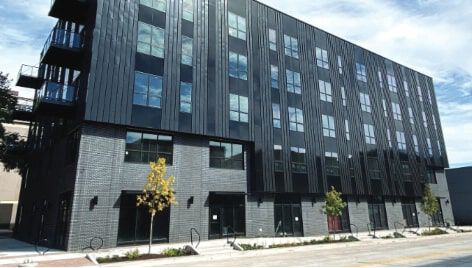Enhancing Wi-Fi Connection and Efficiency in Multi-Dwelling Settings for Maximum Customer Contentment
Enhancing Wi-Fi Connection and Efficiency in Multi-Dwelling Settings for Maximum Customer Contentment
Blog Article
In today's environment, having a strong and dependable Wireless connection is crucial, especially in multi-dwelling settings like apartments or condominiums. Numerous individuals rely on the internet for work, school, and entertainment. Nonetheless, Wireless transmissions can have difficulty to extend to every area of these buildings due to various obstacles. These obstacles can include walls, floors, and other electronic equipment that disrupt the connection. To enhance Wireless signal strength and functionality in these settings, it is important to grasp some foundational concepts of Wi-Fi communication.
One efficient way to boost Wireless operation is by intelligently positioning gateways and access points throughout the building. A central location is usually best, as it allows the coverage to travel evenly in all directions. In larger multi-dwelling units, multiple repeaters may be required. These units assist increase the reach of the wireless infrastructure and deliver stronger service to occupants in different sections of the structure. Additionally, using devices that support the latest wireless standards can lead to faster speeds and better total efficiency.
Another key factor in improving Wi-Fi connectivity is reducing interference from other devices. Most household appliances, such as ovens and cordless phones, can disrupt Wi-Fi signals. It is advisable to position modems away from these devices to maintain a more stable signal. Additionally, adjusting the frequency settings on a router can assist in reduce interference from adjacent signals. Most devices automatically choose the best channel, but individually selecting a less crowded one can enhance performance.
Regularly refreshing device firmware is also necessary for ensuring optimal wireless stability. Manufacturers routinely release updates that resolve issues and improve protection features. Keeping the software up-to-date ensures that residents benefit from the most recent improvements and protections against possible threats. Furthermore, monitoring bandwidth usage assists in detect which devices utilize more bandwidth, allowing for better allocation of available capacity.
Finally, educating users about best practices for utilizing wireless networks can significantly enhance their experience. Simple measures such as connecting only required devices, employing Ethernet connections when feasible, and regularly restarting the router can make a difference. By fostering a community that comprehends how to maximize their network efficiency, multi-dwelling residences can enhance resident satisfaction and guarantee see post that everyone experiences a reliable Wi-Fi service. This combined approach of planned placement, reducing interference, managing equipment, and informing why not try this out users will result in a more reliable and satisfying wireless experience for all occupants.